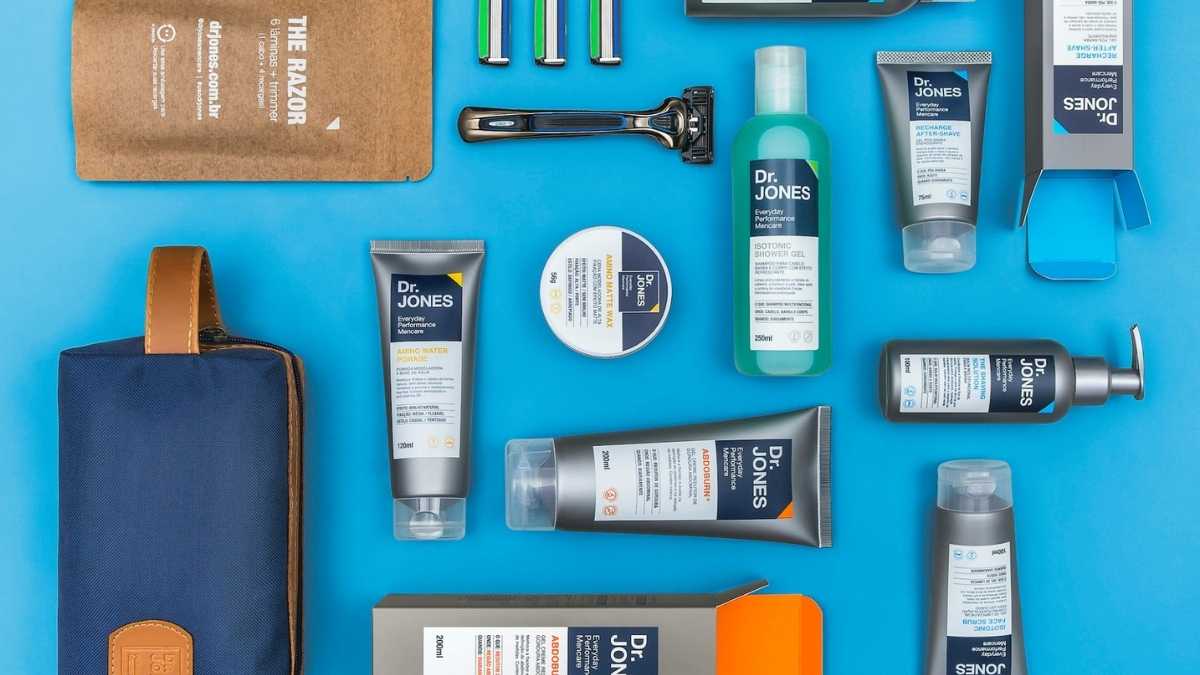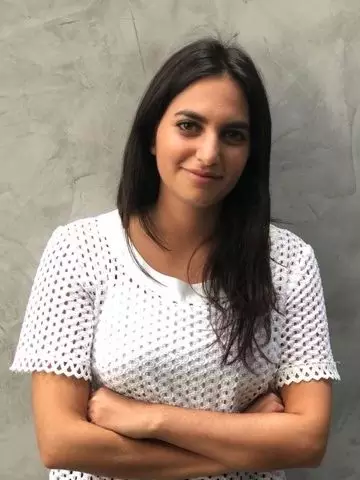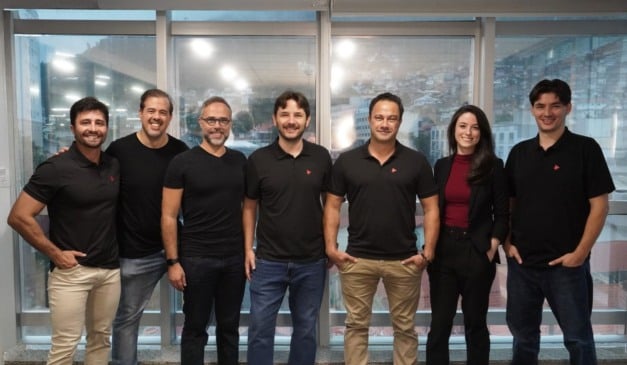
Essa história também está disponível em português
In an unprecedented move in the startup market in Brazil, male grooming brand Dr. Jones, which had already raised several million dollars with VC funds such as Astella, Igah, and IgniteXL, launched an equity crowdfunding offer.
The goal is to raise around $686,000 to strengthen the firm’s community and customer retention. The brand operates under the the direct-to-consumer (D2C) model, attracting with 70,000 active customers in the last 12 months – and the plan is to increase that number to 100,000 clients in 2 years. Its portfolio includes razors, shampoos, and soaps aimed at a male audience. “We have a fan base, a lot of people who want to be part of the [grooming] movement. Launching a crowdfunding offer is an opportunity to leverage the power of the community, through word of mouth”, says Guilherme Campos, co-founder of Dr. Jones, in an exclusive interview with Startups.
Changing perceptions
Going in the opposite direction of the traditional market – from VC to crowdfunding – is emblematic considering how the Brazilian ecosystem perceives the latter method. Around here, equity crowdfunding is not usually seen as a great deal; instead, it has been labeled as a workaround for less attractive businesses that have failed to win over venture capital funds, and a somewhat unfavorable option for inexperienced investors.
However, perceptions are gradually changing. With several exits and growth cases of companies backed by equity crowdfunding, that route is increasingly attracting investors and interesting businesses. Funds such as Grão, Bossanova, and Capital Lab Ventures are among the Brazilian funds that have already invested in startups that raised money via equity crowdfunding platforms.
For Camila Nasser, co-founder and president of equity crowdfunding platfrom Kria – which was Dr. Jones‘ pick to launch its own offering – the male grroming brand’s case is a game-changer for the Brazilian market. “Here at Kria, we believe that it only takes one [successful case study] to change the market. And that moment has just arrived”, she tells Startups.

How Dr. Jones structured the round
Dr. Jones‘ offer at Kria is part of a $1.5 million bridge round the startup launched mid-2021, in anticipation of its Series A, scheduled to take place at the end of 2022. Igah increased its share in the company by investing half of the total the round was aiming for.
The goal was to bring in some new investors to raise the other half. Based on a suggestion from Norte Capital (one of Dr. Jones’ investors), the founders considered the possibility of raising the capital via crowdfunding. Initially, the alternative was considered but did not go ahead right away. “It was a great idea, but it could present issues in terms of governance, since there are many investors involved”, says Campos.
Eventually, the founders reconsidered that approach and decided the crowdfunding offer was the best way to raise the money. According to Campos, they chose Kria because there would be no individual contracts with each investor – it is the company’s vehicle (in that case, Kria as the equity crowdfunding platform) that joins the captable.
Besides the sales potential, another benefit of having a customer-partner base is that clients can test some of the new products ahead of the launch and provide feedback. Deodorants are one of the categories considered.
Brazil is home to the second-largest male beauty and personal care market in the world (the segment generated $4 billion in sales in 2020), only behind the United States. However, there is still a strong bias against the topic. According to Campos, having customers as business partners is a way to overcome the taboo. A potential discourse of a Dr Jones crowdfunding investor could be “I speak highly of the products because I have financial interests, not only because my skin is smoother, my hair smells better, and it improves my self-esteem.”
In terms of communication, Dr. Jones has used a David vs Goliath strategy, placing itself as the brand that wants to defeat incumbents. Due to that approach, the company got an extrajudicial notification and received a complaint with Conar, the National Advertising Self-Regulation Council.
Kria set the minimum contribution to Dr Jones’ round at $500. The offer was launched last week and the company had raised just over 16% of the goal at the time of writing. The offer will be available until May, unless the target is reached sooner.
Background and plans
Founded in 2013 under a B2B business model and physical retail sales, Dr. Jones changed its approach at the end of 2019, focusing on a digital D2C model. With the new positioning and a single purchase as well as a subscription model, the company almost tripled its sales in 2020, at $660,000 that year. In 2021, the firm has seen another boost in sales, surpassing the $1,4 million mark. The goal is to exceed $4 million in sales this year, and reach $10 million in 2023.
According to Campos, the plan is to invest in customer acquisition and marketing, including offline strategies. Last year, the company set up a physical kiosk at a São Paulo mall, which helped Dr. Jones attract clients who had not purchased the brand’s products in a while. “The online sales market was very competitive in the second halth of the year, with ad prices rising and changes in Apple’s privacy settings. There are customers offline as well, and we need to be where they are”, he says.
According to José Pedro Cacheado, a partner at Norte Ventures, it its hard to say that Kria’s offer alone will put an end to the equity crowdfunding misconceptions in Brazil: it will still take a few more success stories. But elements such as community and customer retention are noteworthy and the important thing is that crowdfunding doesn’t get in the way of captable and governance matters. “Crowdfunding and the company that is raising the money must have a very aligned and objective structure so that the offer does not create any friction for the way a traditional round works”, he points out.
(translation by Gabriela Del Carmen, editing by Angelica Mari)








